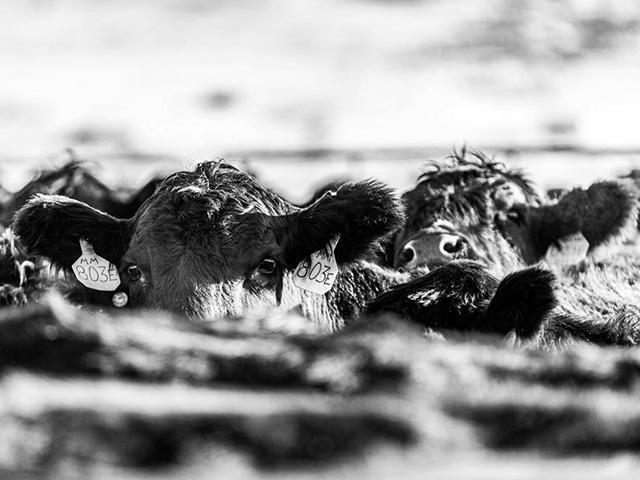Call the Market
Cattle Market's Promising 10,000-Foot View
In today's fast-paced, "move-it-or-lose-it" society, I find it alarming just how quickly our thoughts, perspectives and inner voices can second-guess themselves when we're faced with confrontations -- and that goes for the cattle market, too.
During the week of Feb. 5-9, the cash cattle market charged $3 to $5 higher, and lofty technical gains were seen throughout the futures complex. But after the futures market closed lower for two days in a row the week of Feb. 12-16, analysts and cattlemen alike were wondering if they needed to reconsider their bullish mindset.
P[L1] D[0x0] M[300x250] OOP[F] ADUNIT[] T[]
This is why I'd like to step back and talk about the market and its trajectory from a 10,000-foot view. It's easy to get engrained in the market's deep trenches when you're tracking trend lines or studying sale reports. Both are very important and insightful. But sometimes it's equally powerful to step back, quiet the noise of the market, and reassess things from a greater market perspective.
First, let's talk about the wild success live cattle and feeder cattle markets had during the week of Feb. 5-9. The cash cattle market waited until late afternoon on Feb. 9 to trade, developing at $280 in the North (which is $3 higher than the week of Jan. 29-Feb. 2), and Southern cattle traded for $178 to $179 (which is $4 to $5 higher than the weighted average for the week of Jan. 29-Feb. 2). Feedlot managers deserve a loud round of applause after that success, as it's not easy to advance the cash market that aggressively, especially when packers' margins are suffering.
Secondly, the board was fully supportive as both the live cattle and feeder cattle contracts charged onward the week of Feb. 5-9. On Friday, Feb. 9, the spot April live cattle contract closed at $186.72, the highest price point traded since last fall before prices broke sharply lower. The spot March feeder cattle contract saw the same type of support as it closed at $247.15 on Feb. 9, the highest price since last October.
Additionally, let's not overlook what the industry is telling us from the ground level. Regardless of what region you look at, feeder cattle prices have been hot thus far in February, as cattle buyers are worried there won't be enough calves/feeders to procure later this spring. The market has seen a huge advancement in four to six weights as some buyers elect to purchase their grass calves now. To put these prices into perspective, the CME Feeder Cattle Index closed on Feb. 9 at $242.95, which is $60.42/hundredweight more than a year ago.
So, in conclusion, I understand whenever the market begins to trend lower (as it did early in the week of Feb. 12-16), we all question ourselves and the bullish outlook. But sound fundamental outlooks shouldn't be overridden by knee-jerk reactions. Yes, let's just state the obvious and recognize that the Feb. 13 announcement of a 0.3% increase in the Consumer Price Index is bothersome for consumers and the market alike, but not something we should have been caught off guard by. We understand the federal government would like to decrease interest rates, but until inflation stabilizes, that simply won't happen. The economy remains stressed; but from a 10,000-foot view, the cattle market still has plenty of bull behind it.
ShayLe Stewart can be reached at ShayLe.Stewart@dtn.com
(c) Copyright 2024 DTN, LLC. All rights reserved.






